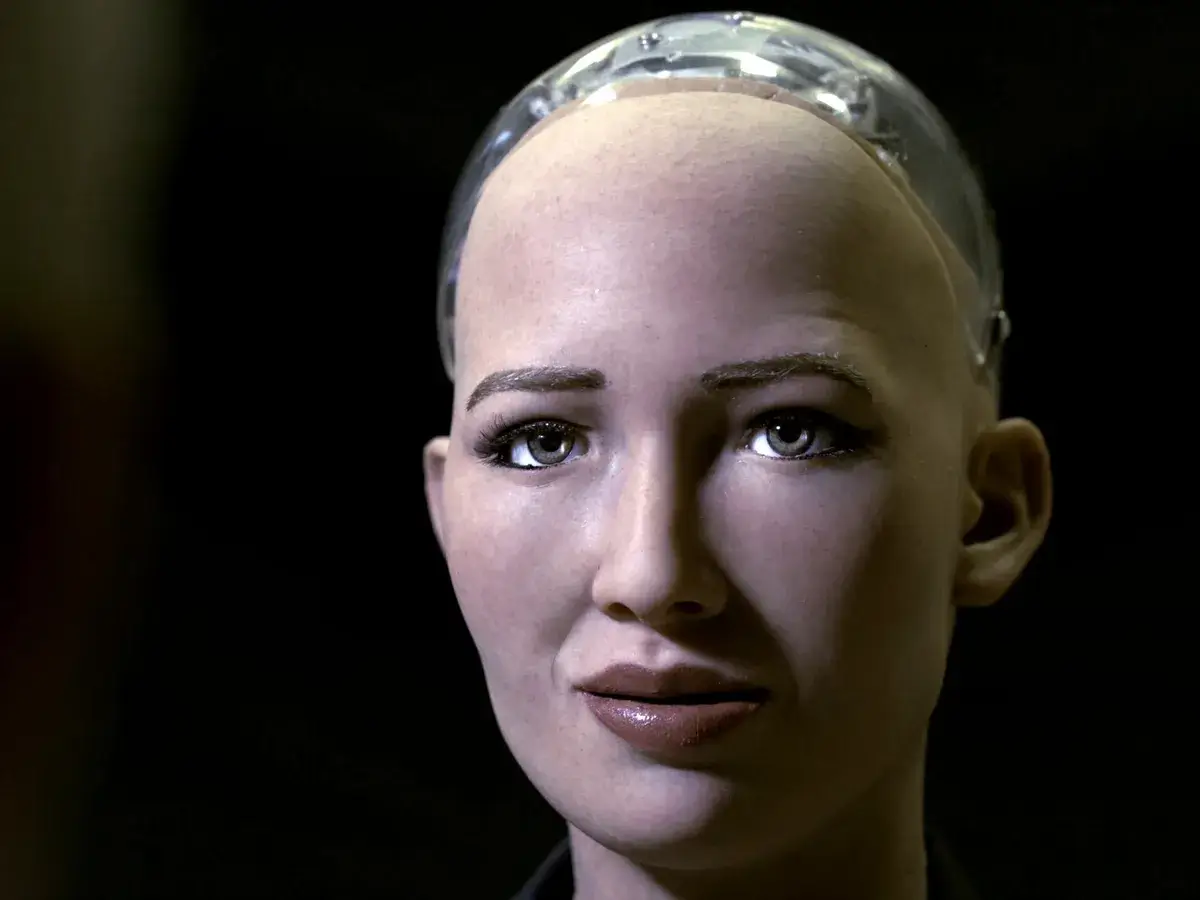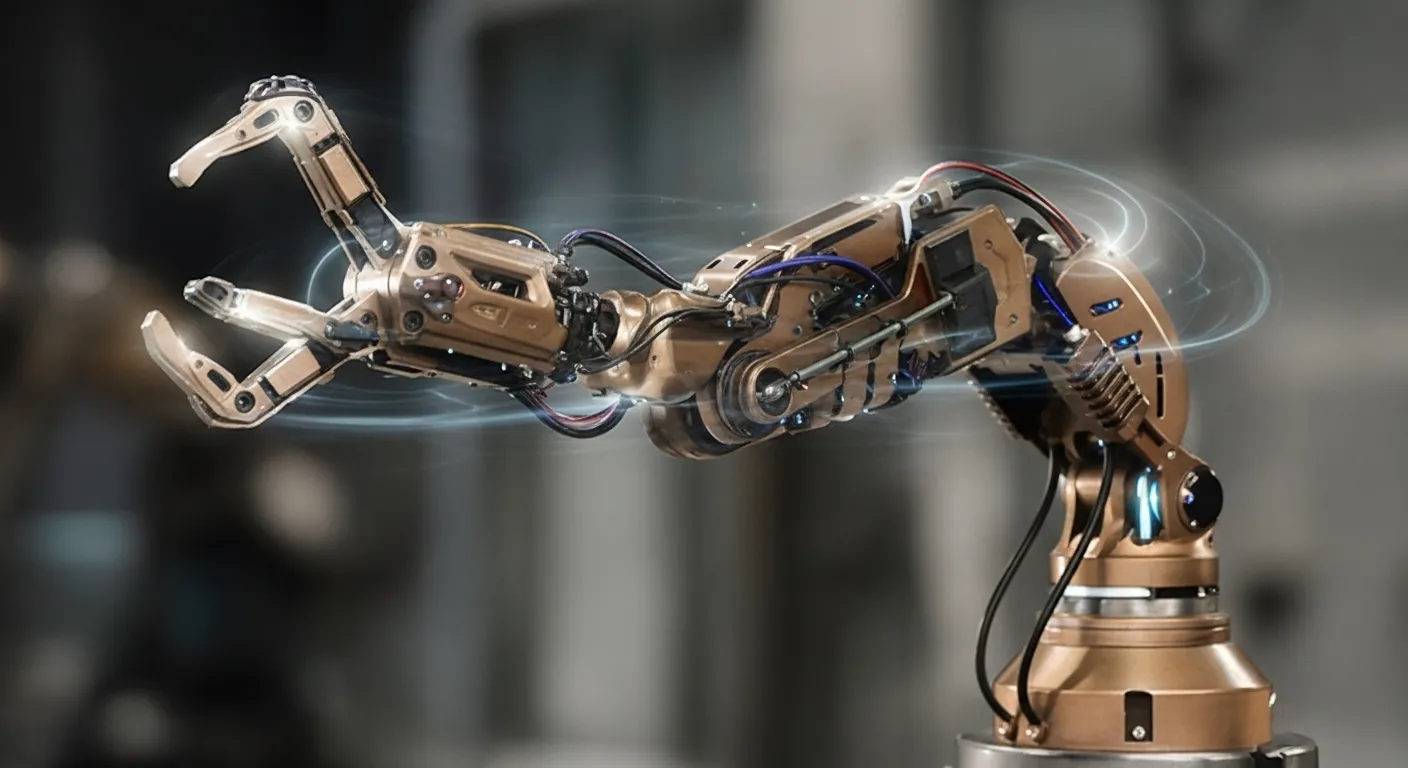- What is an Actuator?
- What is a Servo Motor?
- What is a reducer?
Following the geometry of movement is only the first step. To actually walk, lift, or build, a robot needs muscles to move its joints and a brain to coordinate those movements. This is where the story of actuators and reducers begins.
Actuators: The Robot's Muscles
An actuator is a device of a machine that converts energy into physical motion. It is the powerhouse that drives the entire kinematic chain. While there are several types, 2 dominate the landscape of advanced robotics today.
The Powerhouse of Robotics
- Electric Actuators:
These are the most common in robotics. They're clean, efficient, and precise. At their core are DC Motors, which convert electric current into rotational motion. When you combine a DC motor with a sensor and a controller, you get a Servo Motor. This is a closed-loop system—it constantly checks its actual position against the commanded position and corrects itself, which is why electric servos are the standard for high-precision, balanced robots like the Boston Dynamics' Spot quadruped. - Hydraulic Actuators:
These use pressurized oil to push a piston inside a cylinder, generating tremendous linear force. While heavier and messier, their power density (force per weight) is unmatched. They are reserved for extreme tasks, like the dynamic leaping and backflips of the Boston Dynamics' Atlas humanoid, where maximum strength and the ability to absorb heavy impacts are critical.
Reducer: Unsung Hero of Torque
If the motor is the heart of the muscle, the reducer (or gearbox) is the ingenious mechanical helper. You can find this essential component sandwiched between the motor and the robot's joint.
The Trade-Off: Electric motors need to spin fast to be efficient. However, a robot's joint needs slow, powerful rotation to lift its own weight. The reducer solves this problem by using a carefully designed gear train to trade speed for torque (rotational force).
By making the output rotation much slower (e.g., 100 times slower), the reducer multiplies the motor's force by nearly the same amount. This is what allows a small, light motor to generate the massive strength needed to move a robot's heavy legs or arm. Reducers also help hold the joint in place without requiring the motor to constantly strain, which saves energy.
The Power of Integration: Dynamixel Smart Servos
The high-performance requirements of modern robots led engineers to combine all these components into a single, elegant package: the smart servo actuator. A leading example is the Dynamixel actuator from Robotis.
A Dynamixel is a complete, modular joint that integrates everything—the Motor, the Reducer, a specialized Controller, and the Feedback Sensor—into one compact unit.
This integrated design is a game-changer for complex robots:
- Simplified Building: Builders can quickly assemble complex kinematic chains without the headache of wiring separate parts.
- Modular Intelligence: The units communicate easily via a single cable (known as daisy-chaining), vastly simplifying the electronics and control system.
- High-Profile Examples: Modular actuators like the Dynamixel are often used where dozens of individual, precise movements are needed. They are key to the subtle facial expressions and head movements of highly advanced expressive humanoids, such as Hanson Robotics' Sophia. They are also the building blocks for countless university research robots and high-end educational platforms like the DARwIn-OP humanoid, proving their worth from the classroom to cutting-edge research.

Conclusion: The Animated Anatomy
The story of the actuator ecosystem—from the high-force grunt of hydraulics to the high-precision intellect of the smart servo—reveals the true challenge of robotics: blending brute strength with subtle, calculated control. Whether it's the seamless, integrated motion of a Dynamixel or the heavy, purposeful swing of a hydraulic arm, it is the ingenious partnership between the motor, the reducer, and the feedback loop that transforms a static collection of links and joints into a tireless, purposeful machine, ready to step, reach, and manipulate the world.





